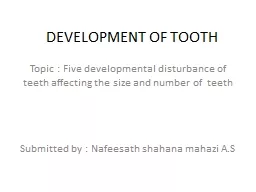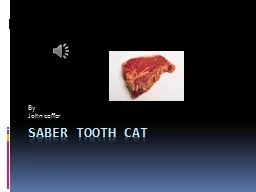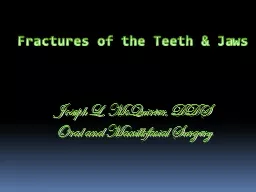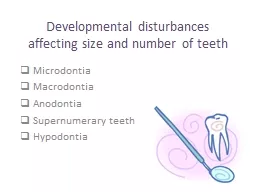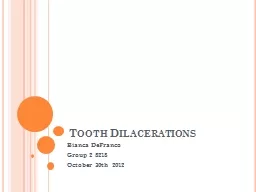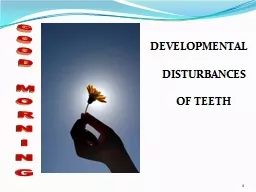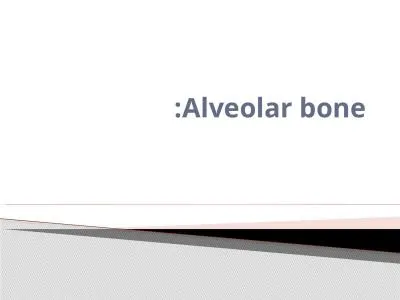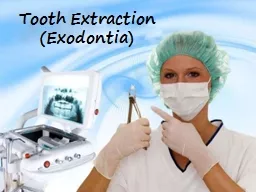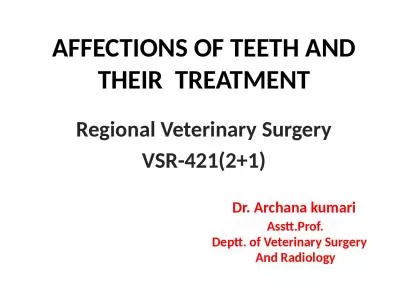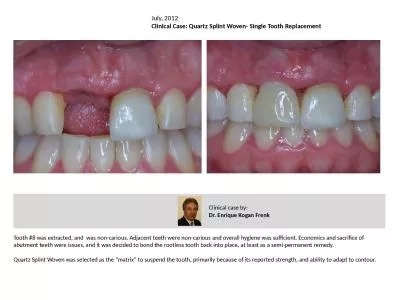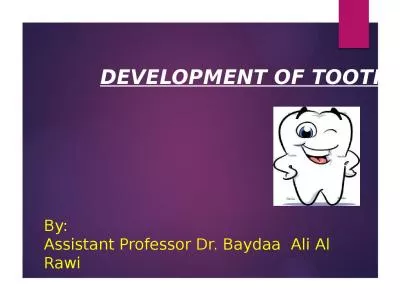PPT-DEVELOPMENT OF TOOTH Topic : Five developmental disturbance of teeth affecting the size
Author : hotmountain | Published Date : 2020-06-16
Submitted by Nafeesath shahana mahazi AS Developmental disturbance of teeth affecting the size of teeth 1Macrodontia Macrodontia is a condition in which any
Presentation Embed Code
Download Presentation
Download Presentation The PPT/PDF document "DEVELOPMENT OF TOOTH Topic : Five develo..." is the property of its rightful owner. Permission is granted to download and print the materials on this website for personal, non-commercial use only, and to display it on your personal computer provided you do not modify the materials and that you retain all copyright notices contained in the materials. By downloading content from our website, you accept the terms of this agreement.
DEVELOPMENT OF TOOTH Topic : Five developmental disturbance of teeth affecting the size: Transcript
Download Rules Of Document
"DEVELOPMENT OF TOOTH Topic : Five developmental disturbance of teeth affecting the size"The content belongs to its owner. You may download and print it for personal use, without modification, and keep all copyright notices. By downloading, you agree to these terms.
Related Documents

